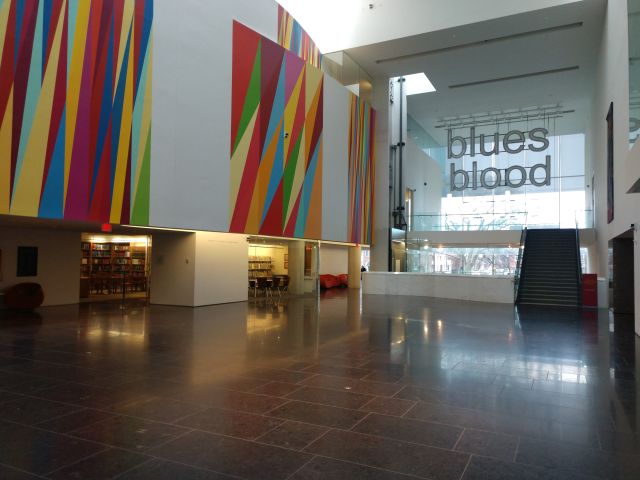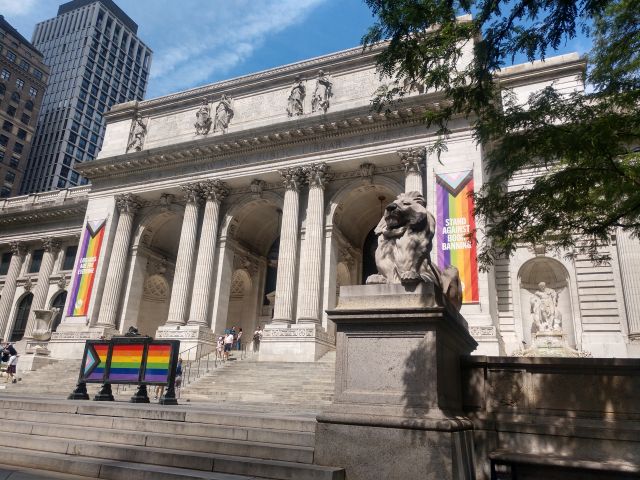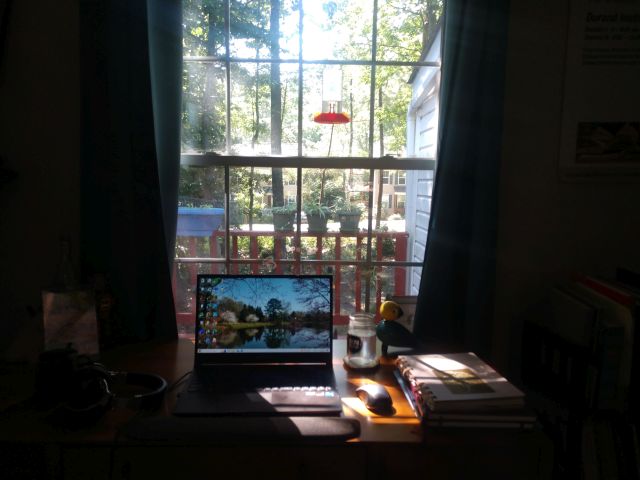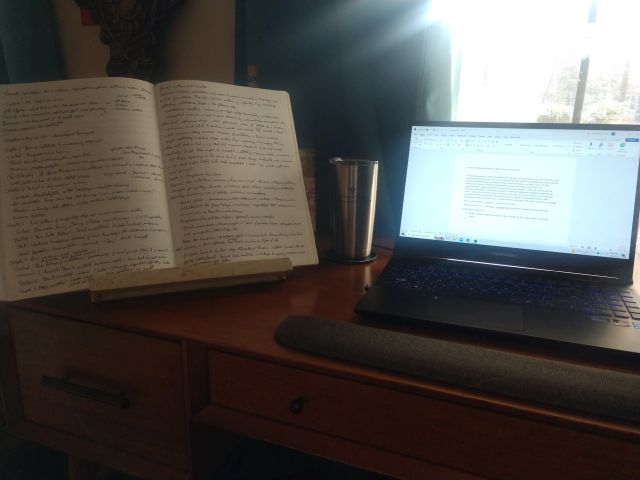The last week of the month is when I usually give a dissertation update. I’m in the midst of my last big revision though and I don’t want to lose momentum. Here then, is a post reflecting on everything I’ve done with the dissertation in 2023. I wrote it in November (along with all the posts you’ve seen in December and most of what you’ll read in January) before I started this latest revision. Let’s review everything that’s happened in 2023!
Review 1: Writing New Material
Drafting Chapter 5
Let’s begin with a review of all the new material I wrote. The first big accomplishment of the year was writing Chapter 5. After years of intermittent correspondence with the VMFA’s archivists, I finally had a chance to see its archives in person. Over three weeks in January, I perused its files, photographing hundreds of documents. After organizing my files in Tropy, I spent the next several weeks reading and taking notes on them. Between March and April, I wrote the first draft of Chapter 5. I also completed a preliminary revision right before the end of the semester in May.

The most important thing I learned through my archival visits was the richness of the VMFA archive itself. I ultimately focused on the Artmobile’s first ten years, but that was to keep the chapter at a manageable scale. As I quickly learned going through the files, there’s enough raw material in there for at least one book project. Indeed, in one version of the book I’ve imagined on outreach exhibitions, I focus on the VMFA Artmobile as my primary case study, following it through the decades and changing sentiments in art museums and access.
Drafting the Introduction and Conclusion
Chapter 5 wasn’t the only new writing I did for the dissertation. I also needed to write the beginning and ending. After reading all five chapters, I did exactly that. I wrote the introduction during the Halleran writing retreat and the conclusion the following week. I waited until after writing all five chapters to draft these because I wanted to see how they had actually developed before introducing them.

Ultimately, I’m glad I waited. Instead of trying to force my evidence into a preconceived argument, I waited until I had processed the data to articulate what I discerned in it.
Review 2: Finishing My Research
Collecting Primary and Secondary Materials
Now let’s review the research-related work I completed. 2023 was about finishing outstanding research. In February, I finally returned to Roswell to finish my work in its archive. During the few days I spent there, I photographed hundreds of new documents. I also created spreadsheets listing the contents of every box and folder so that I could correct my citations for Chapters 3 and 4. During the summer, I conducted additional research trips to New York and the National Archives at College Park.



In addition to primary research, I spent the summer and fall boning up my secondary material. I focused especially on texts addressing museum history. Some texts focused specifically on traveling exhibitions, while others addressed contemporary research into museum inclusivity and relevance. Still other texts I read mostly for their structure or method rather than content. All would strengthen my theoretical and methodological approaches while demonstrating my knowledge of the field.
Ultimately, there’s a lot of research I still can do on this topic, but that’s for a future book. For now, I have plenty of material to finish the dissertation.
Organizing My Personal Archive
In addition to collecting more research, I spent a major portion of the summer organizing my personal archive. While I’d been doing this throughout the process, I had not always been consistent about it. Once I started working on the VMFA archive, however, I developed a spreadsheet system that I then applied to all my other documents.

While this organization took several months, it’s proven invaluable to the revision process. Because I can search my spreadsheets via keywords, I can find relevant references quickly and determine whether I need them before locating the actual documents in Tropy. Additionally, I can quickly add them to Zotero for future citations because I’ve included all relevant citation information in every line. All of this has helped me streamline the citation process, enabling me to focus on improving my prose.
Review 3: Revision
Finally, let’s review the third major task I undertook this year: revision. While the first part of 2023 focused on drafting new material, the second half of the year has been all about revising it. Between July and October, I revised every chapter, adapting the argument in each chapter to reflect the additional research I’d done. I then took time away from the dissertation to get some rest and recharge for the next steps.

Which brings us to today. Right now, I’m in another revision, this time to clarify my arguments and fix my inconsistent grammar. With focus, I’ll finish this work without losing any of my current momentum.
Looking Ahead to Future Projects
Beyond the prospect of finishing the dissertation, the most exciting aspect of this year’s work is the number of new projects I’ve envisioned for this research. I’ve imagined potential books, articles, and digital humanities projects. And thanks to some professional connections I’ve made with the Living New Deal, the prospect of eventually mapping out the CACP digitally feels more feasible than ever.
Ultimately, the realist in me knows I’ll never have enough time or resources to complete all of these projects. Yet these final months of the dissertation process have been invaluable for showing me just how rich and complex this research actually is. Like the prospectus process a few years earlier, 2023 has reminded me that I’m not a one-trick pony when it comes to researching the infrastructure of art access. On the contrary, there’s enough work for a lifetime.

One step at a time though. Having completed so much dissertation work this year, the next step is to maintain the momentum. Here’s to wrapping up the process in 2024!
